Friction is expensive. Entrepreneur Roger Dooley demonstrates how wasting “time, effort or money” slows down businesses and their customers. Recognizing friction wherever it exists – at home, at the office or in your community – provides an opportunity for innovation that can pay dividends for individuals, businesses and even countries. Minimizing friction maximizes action. Dooley offers relatable examples – from transportation, car sales, e-commerce, and more – to illustrate what friction does and how to eliminate it.
What is friction, and why does it matter?
Friction – the wasted use of time, effort or money – can appear anywhere. Leonardo da Vinci identified this force, created when two items rub together. Too much friction can stop their movement. Friction gets in the way of efficiency. It can include worthless meetings, unnecessary procedures or stumbling blocks that make transactions frustrating for customers.
Friction is similar to the Japanese concept of muda, or “waste,” including tangible waste (excess materials) or procedural waste (wait time or additional inventory).
Friction causes financial losses – $4.6 trillion in 2016 in abandoned online shopping carts and $3 trillion annually in productivity gobbled up by unnecessary bureaucracy. Friction drives away customers who aren’t motivated to persevere through cumbersome processes.
Significantly high motivation can triumph over friction, but those scenarios – like filing taxes rather than risk IRS penalties – often aren’t pleasant. Businesses and organizations should reduce the friction in transactions to facilitate customer ease...
Entrepreneur, speaker and writer Roger Dooley created the marketing blog Neuromarketing. He is the co-founder of the website College Confidential, wrote Brainfluence and is the host of the Brainfluence Podcast.
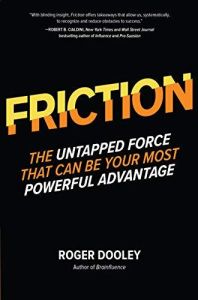










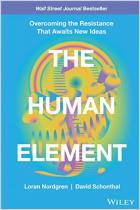
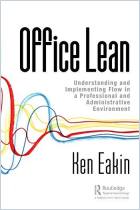
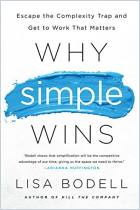
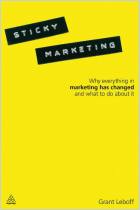
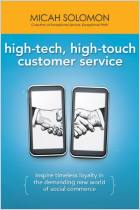







Comment on this summary